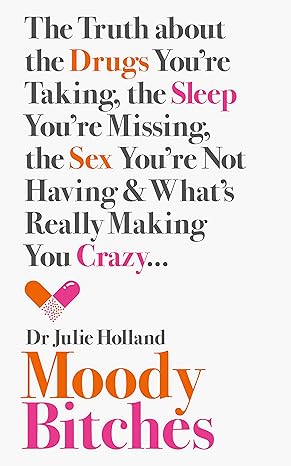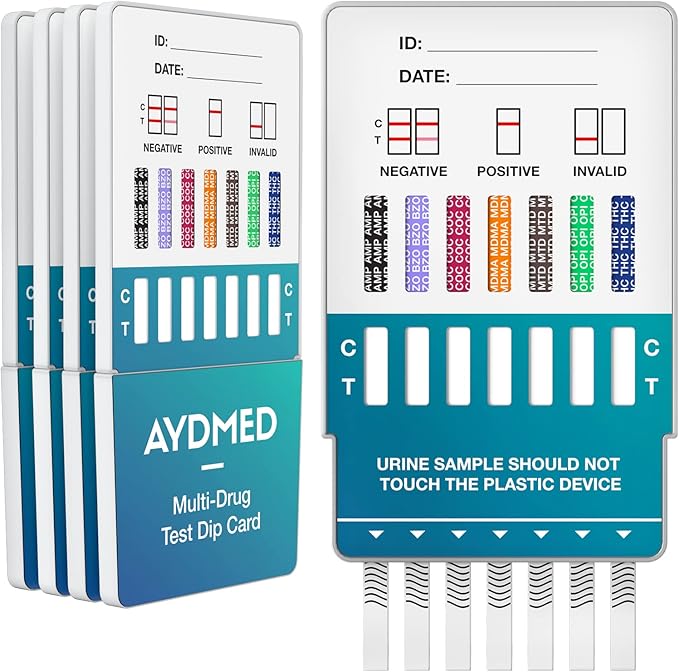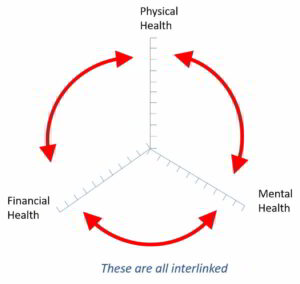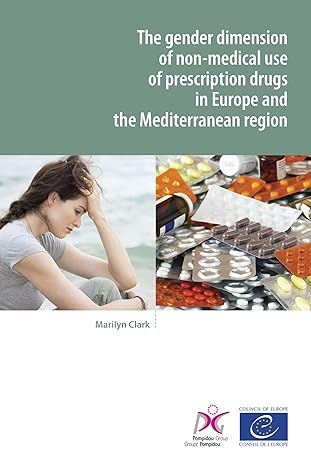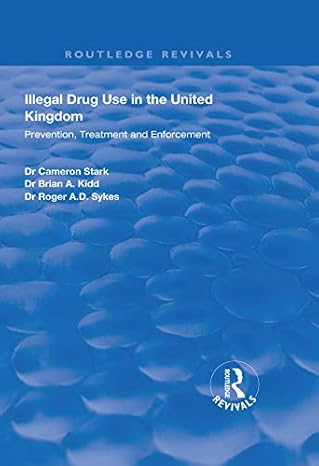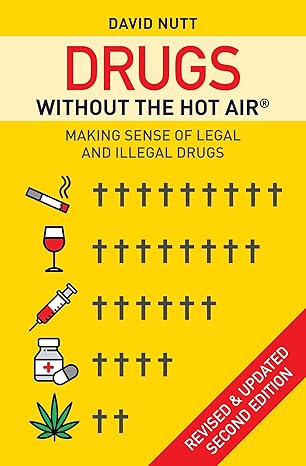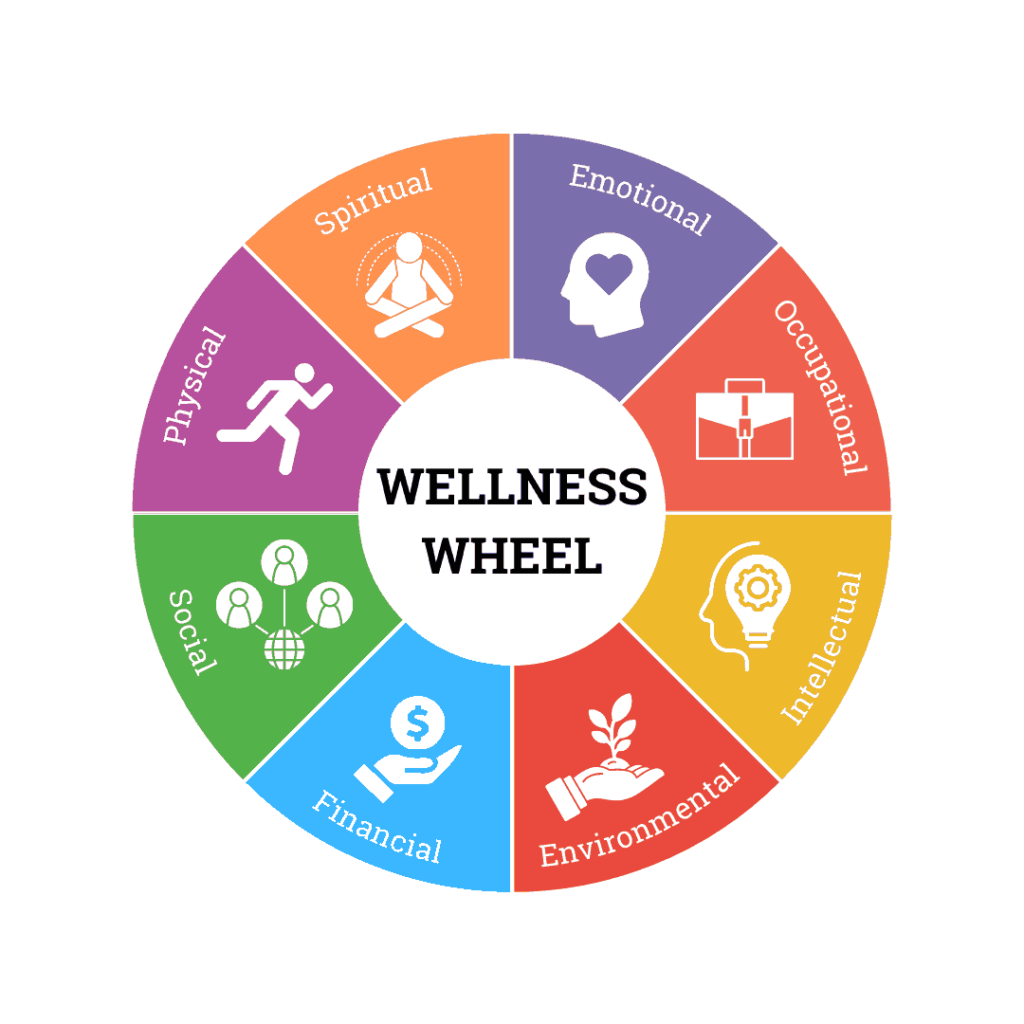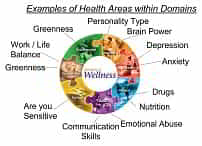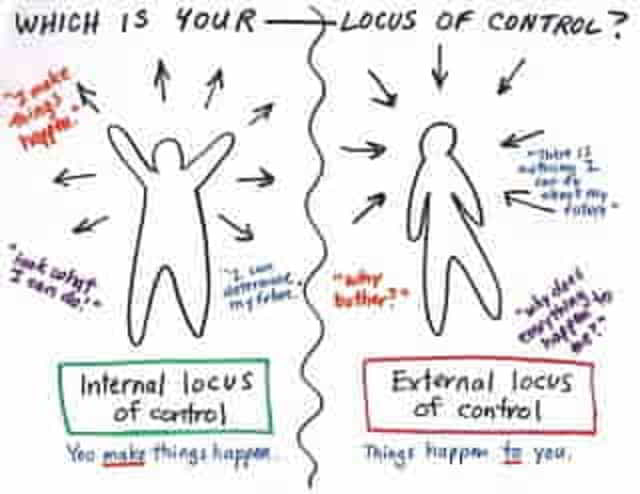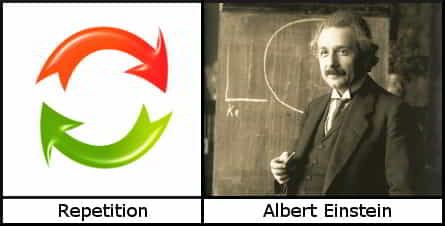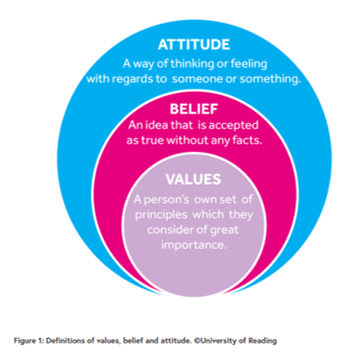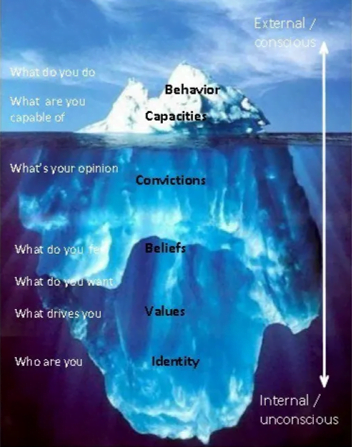DrugDrive
What do we class a drug and what does DrugDrive cover?
Drugs are substances which cause changes in the body’s functions, either psychologically and/or physically when consumed. Legal drugs include tobacco, caffeine and alcohol, while illegal ones include heroin, cocaine and ecstasy. Prescription drugs including opiates, sleeping pills and benzodiazepines, are known to be as addictive as illicit drugs.
In DrugDrive we consider drugs other than alcohol, which is covered in DrinkDrive, and tobacco, which is covered in SmokeDrive.ut it!
Types of drug
The drugs abused by people for a variety of reasons are typically psychoactive drugs, which means they alter one’s behaviour, and also thought process and mood, due to their effects on the central nervous system. These drugs are often classified as hallucinogens, stimulants, or depressants. Legal highs (which are no longer legal) also fall into one of these categories.
Illegal drugs (including former legal highs) are classified legally as category A, B or C with class A being viewed as most serious, and are dangerous and unpredictable as they affect different people in different ways. Click the buttons below to see how illegal drugs are seen in law and also what can happen depending on different drug classes.
Drug addiction can be physical or psychological – we have classed DrugDrive as Physical Health but you should also consider MindDrive and ChangeDrive to understand the mental implications of addiction.
Click on a heading below and see a summary, and if you’re interested you can GO and read more about it!
Here are some facts and stats about drugs. GO!
Do you think you have a problem with drugs? GO!
See what types of drug there are. GO!
See the key points about drug use in the UK. GO!
See the main points about drug use in Europe. GO!
See the main points about drug use in USA. GO!
If you’re a visitor to our site you can join and download information, assess your own health and create your own action plans, and even contribute to our site. GO!
See what you can do next. GO!
We have some additional information on this subject. GO!
Facts About Drugs
in 2017 due to drug poisonings including legal medical drugs in England and Wales (ONS)
9% of adults aged 16 to 59 had taken an illegal drug in the last year in England and Wales in 2016-17 (Home Office Crime Survey 2017/18)
reported they have taken drugs in 2016 (up from 15% in 2014) in England (National Statistics on Drug Misuse)
53% of all deaths caused by drugs involve an opiate (heroin being the largest %-age) (ONS)
use in 2017 up from 371 in 2016 in England and Wales (ONS)
8.4% of young adults aged 16 to 24 have taken Class A drugs in England and Wales in 2017, up from 6.8% in 2007/08 and compared to 3.5% of all adults aged 19-59 (Home Office Crime Survey 2017/18)
was the Home Office estimate for the cost of illicit drug use in the UK in 2010/11 (Public Health England)
17% of state prisoners in the US reported they committed their crimes to obtain money to buy drugs (Arrestee Drug Abuse Monitoring ADAM II study in US 2013)

Drug Problem?
Do you have a drug problem?
You may have a problem, even though you believe that you can quit any time you like. Many people are unaware they have crossed the line from habitual use to addiction . It's only when you try to cut down or quit that you find you are unable to.
Many drugs are very addictive, including heroin, cocaine and crystal meth, but so are many prescription medications. You can develop an addiction even if you have been prescribed a medication by a doctor.
Worried?
If you are worried about your drug use, you should consider your drug-taking carefully and watch for the signs of drug abuse and addiction. Think about how often you take drugs and whether you're taking more than you used to get the same effect.
Check if you're neglecting other responsibilities in favour of taking drugs. Are your family and friends commenting about your behaviour? Are you continuing to take drugs even though it's causing people you love real problems? If so, maybe you have a problem that needs to be addressed.
Are you worried someone you know has a drugs problem?
Look at the information in the tab below.
Click on any of the tabs on the right to see more information
People often start to experiment with drug use. If they like the way the drugs make them feel, they will be tempted to use again. This increases the body’s tolerance to the drugs meaning they will need to take more drugs to get the same effect. This is when addiction becomes a problem.
It’s hard to spot the earliest signs of drug abuse in someone – often people only notice when the addiction has taken hold. People with drug addiction tend to spend quite a lot of time by themselves so that other people won’t recognise the situation.
If you are worried about someone, it’s important to look out for the obvious signs.
Although the signs of drug abuse vary depending on the drug being abused, there are some common symptoms that indicate a problem may exist. These can include:
- Severe mood swings -depressed one minute and then happy and carefree
- Becoming isolated and withdrawn and spending more and more time alone
- Suddenly finding a new group of friends
- Neglecting personal and oral hygiene and grooming
- Losing interest in activities and hobbies they previously enjoyed
- Trouble sleeping or sleeping more
- Glassy or watery eyes
- Dilated pupils
- Runny nose
- Loss of appetite or suddenly ravenous
Drug abuse is different to drug addiction: you can abuse drugs without being addicted to them. Drug abuse is when you take a drug where you can harm yourself or other people – but this isn’t necessarily the compulsive, repeated drug taking which indicates addiction.
Drug abuse can be a one-off event–you may abuse a given drug and never take it again, or even take it repeatedly – without getting addicted. However, the more often you abuse a drug, the more likely it is that you will become addicted.
Most people think of substance use when they hear about addiction, but that’s not the only type of addiction.
That’s not the case. Addiction to drugs works like other types of compulsive behaviour, such as gambling (see GamblingDrive) shopping, exercising or fasting. You can see research from the US National Library of Medicine here.
Today, most experts recognize two types of addiction:
Chemical addiction. This refers to addiction that involves the use of substances.
Behavioral addiction. This refers to addiction that involves compulsive behaviors. These are persistent, repeated behaviors that you carry out even if they don’t offer any real benefit.
See more on these in the next tabs. Addiction works by affecting these elements:
Reward system – when you do something you enjoy, whether it’s having fun with friends at a party, drinking wine or using cocaine, the reward system releases the neurotransmitter dopamine, with some other chemicals.
This reinforces the link between what you’re doing and the feelings of pleasure, meaning you want to do it again.
Cravings – because you want to do this again, especially in the same circumstances (like the party), you experience cravings for the substance or behaviour.
Tolerance – as you continue, you produce more dopamine, and your brain realises there’s plenty there and stops producing as much in normal situations. But your reward system needs it and so you need to use MORE of the substance or behaviour to make up for what your brain isn’t producing – which we call tolerance.
Disinterest – in other stuff. As addiction grows, you lose interest in other things, such as hobbies, being with friends, even sex, as your brain isn’t producing dopamine doing these things.
Loss of control – you can’t stop doing it, which makes it difficult to stop and can cause real problems – loss of job, friends, family.
Substance Use Disorder (SUD) is a condition in which there is uncontrolled use of a substance with a detrimental outcome. This causes changes to the brain’s structure and function that cause cravings, personality and behavioural changes, and more.
The brain is made up of circuits of neurons which are responsible for specific functions. The Reward Circuit is the basal ganglia and this is responsible for motor control, eating, sex, behaviours and habits. Drugs activate neurons that copy natural functions and send abnormal messages through the brain and produce euphoria.
Repeated use causes the circuit to adjust, reducing sensitivity and making it harder to get other forms of pleasurable stimulation.
Addiction Treatment Centres define behavioural addiction as:
“Behavioural addiction – also known as process addiction – is a type of addiction characterised by the compulsion to engage in a specific rewarding behaviour (other than substance abuse) regardless of awareness on the part of the affected individual of any negative consequences of that behaviour to themselves or others. Over time, repeated engagement in the addictive behaviour creates a vicious circle whereby the addict becomes more and more dependent upon that behaviour in order to experience positive thoughts and feelings and to stave off negative ones, until they may be unable to stop engaging in it without professional assistance. “
Basically it’s similar to substance addiction. Certain behaviours stimulate the brain’s ‘Reward Centre’ by causing a spike in levels of dopamine and other chemicals while doing these activities, and the same results of less being produced when doing other things, the brain adjusting the levels meaning MORE activity required, etc.
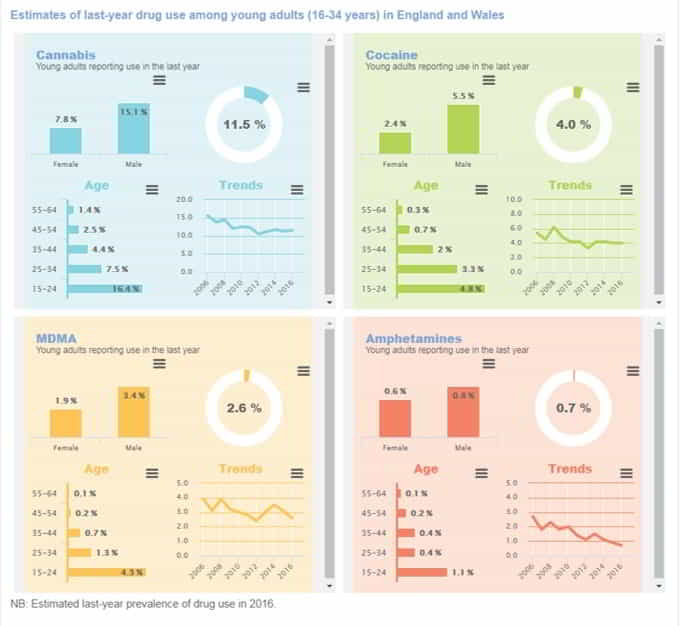
Types of drug
Our most used drug is caffeine, in tea, coffee, colas, and further in some confectionery. Excluding medicines, the next is alcohol, followed by nicotine from cigarettes. The most common illegal drug is cannabis, followed by cocaine and ecstasy (MDMA).
Stimulants affect the central nervous system and cause feelings of extreme well-being, increased mental and motor activity. Examples include cocaine, crack cocaine, amphetamines (speed) and ecstasy (which is also a hallucinogen).
Depressants are chemicals that slow down the central nervous system and suppress brain activity causing relief from anxiety. The most common depressants are alcohol and cannabis. Others include barbiturates and benzodiazepines (e.g. valium, xanax, temazepam).
Opiate and opioid drugs provide pain relief, euphoria, sedation and in increasing doses induce coma. Examples include heroin, morphine, opium, methadone, dipipanone and pethidine.
Hallucinogens affect a person’s perception of reality. These include cannabis, LSD, ecstasy and psilocybin (magic mushrooms).
New psychoactive substances (illegal highs)
These are synthetic substances created to try to mimic the effects of existing drugs in the categories above, to get around the law. They used to be called 'legal highs' but all such substances have been deemed illegal since May 2016 and the Psychoactive Substances Act.Most have unknown effects in addition to their intended effect, and trying them is therefore extremely hazardous.
The European Monitoring Centre for Drugs and Drug Addiction (EMCDDA) produce regular reports, and this chart from the UK Country Drug Report 2018 shows the use by young people in England and Wales in 2017.
Click on any of the tabs on the right to see more information
Increasing risk of:
- Organ damage
- Cognitive impairments
- Developing certain types of cancer
- Hepatitis C, HIV/AIDS, and other blood-borne diseases
- Diminished performance at work
- Job loss and chronic unemployment
- Unsatisfactory performance in school
- Academic failure and potential expulsion
- Family discord
- Separation, divorce, and possible loss of child custody
- Strained or ruined interpersonal relationships
- Financial devastation
Legal problems, including arrest and incarceration - Development of co-occurring mental health disorders
- Exacerbation of existing co-occurring mental health disorders
- Social isolation
- Thoughts of suicide
- Attempted suicide
If the police stop you and you have illegal drugs in your possession you will probably be arrested, whether these are yours or not. These drugs will be seized and destroyed. Police can issue a warning or an on-the-spot fine of £90 if you’re found with cannabis.
If you have a significant amount of illegal drugs you may be charged with possession with intent to supply – a much more serious offence. If you’re aged 17 or under, the police can tell your parent, guardian or carer that you’ve been caught. If you are supplying or dealing drugs the penalty is likely to be more severe – sharing can count!
Your punishment will depend on the class of drug, the amount of drugs found, where you are found (if it’s close to a school or youth club, this could lead to a higher sentence) and your personal history (previous crimes, including any previous drug offences).
The chart below gives the maximum sentences.

Under the Misuse of Drugs Act, it is an offence:
• to unlawfully possess a controlled drug
• to possess a controlled drug with intent to supply it
• to unlawfully supply (sell/give/share) a controlled drug
• to allow premises you occupy or manage to be used for the smoking or use of drugs
From the Alere Toxicology website
Drug-Driving
Drug-driving campaigns are only just beginning – drink driving tests started 50 years ago!. It’s difficult to identify individuals who drive under the influence of drugs – not just in the UK but across Europe.
The UK introduced new drug-drive legislation in March 2015 with roadside oral fluid testing, and by June over 400 people a month had been arrested for the offence. However, this isn’t consistent across England and Wales.
Prescription drugs are medicines you can only buy in a pharmacy. In the UK, the pharmacist who sells you the medicine has to make sure that: the medicines are safe for the person to take. They can be obtained only against a valid prescription issued by an authorised health professional.
The use of prescribed medicines has increased dramatically, with pharmaceutical pressures on medical professionals to issue prescriptions for what used to be normal psychological issues.
It’s possible that doctors have realised the addictive elements to some prescription drugs like codeine, and its noticeable that drugs like co-codamol are prescribed less and larger doses of paracetamol are used instead.
Illicit drugs are used widely across the world – the UN’s World Drug Report 2021 provides data showing the most prevalent drug used in each country.
Visual Capitalist show the most common illicit drugs in use in each country across the different types see the page here
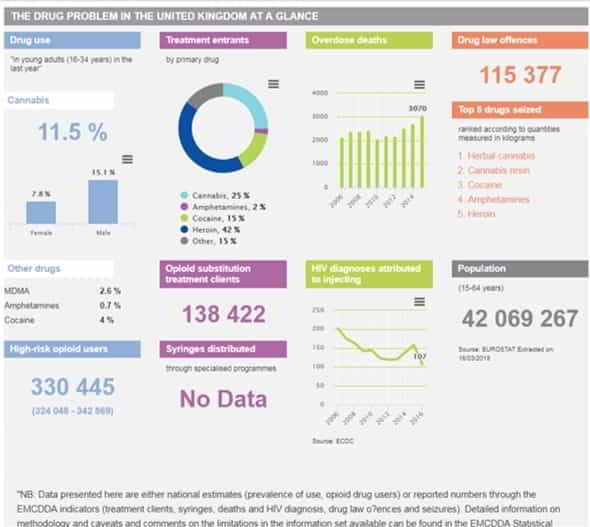
Drug Use in the UK
There are reports on drug usage published by NHS Digital based on work by the Office of National Statistics - you can download these below. This chart is from this report and shows the position with drugs in the UK in 2017.
This report states that overall drug use in the United Kingdom although stable for the last three years is less than the level of 10 years ago. In general, MDMA / ecstasy users are younger than cocaine and amphetamines users.
A more up to date report dated March 2020
before the pandemic really started can be seen below. It said there had been no overall change in drug use or class A use in the least year. In terms of people who had taken a drug in the last year,1 in 5 people aged 16-24 had, 1 in 11 people aged 16 -59 had, and only 1% of people aged 60-74 had.
Cannabis remains the most popular drug in the UK, followed by powder cocaine.
The report mentioned above can be viewed. If you want to see the possible health effects (short term and long term) of a variety of drugs, the US National Institute on Drug Abuse website has a good list – click the link above or the Castle Craig Hospital has a good list
Click on any of the tabs on the right to see more information
This infographic has some staggering facts about drug and alcohol abuse.

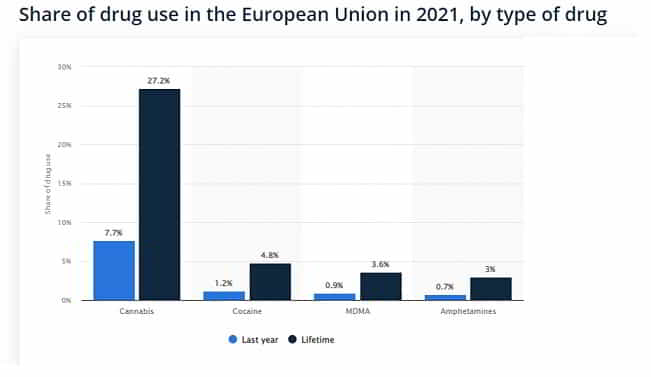
Drug use in Europe
Courtesy of Statista - figures from 2019
Cannabis is the most widely used drug in Europe, with over a quarter of people using it at some point in their lives. Cocaine is next, with just under 5% using it in their life, then MDMA with 3.6% having used it.
"Spain and France had the highest number of cannabis users in Europe, followed by Italy and Holland.
In terms of problem drug use, the Czech Republic is highest with 12.1 per 1,000 inhabitants, followed by Holland (11.9), Spain (11.5) and France (11.4). The UK is 9th with 8.7 per 1,000 inhabitants.
Problem drug use is defined by the source as injecting drug use or regular use of opioids, cocaine or amphetamines.
Britain had the highest share of the population who had used cocaine in the last 12 months at 2.7% of the population, followed by Spain and Holland.
Sweden was the the copuntry in Europe with the highest incidence of drug deaths (81 per million popluation).
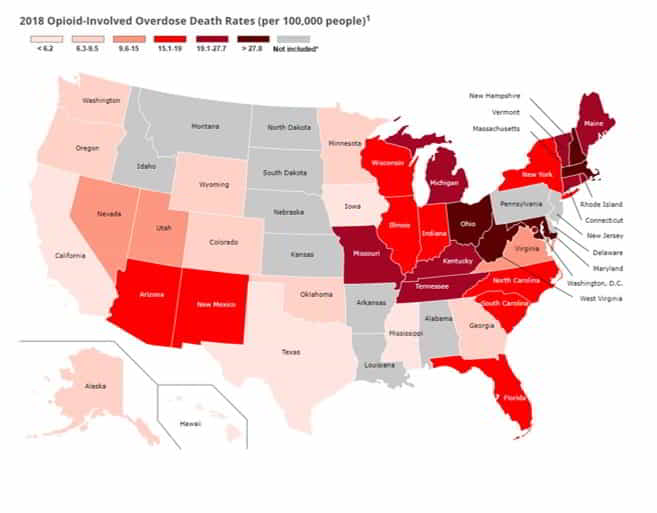
Drug use in USA
Courtesy of CDC WONDER site - figures from 2019
In 2019 nearly 50,000 people in the USA died from opioid-involved overdoses. This includes prescription pain killers as well heroin and synthetic opioids like fentanyl.
"This started to increase in 2017 - pharmaceutical companies had been telling people from the 1990s that patients would not become addicted to prescription pain killers and the medical profession prescribed them in greater numbers.
This has become a public health crisis in the USA in its own right, as well as increasing the spread of infectious diseases including HIV and hepatitis C.
Some figures and statistics sourced from NIH, the National Institute on Drug Abuse.
“The Centers for Disease Control and Prevention estimates that the total “economic burden” of prescription opioid misuse alone in the United States is $78.5 billion a year, including the costs of healthcare, lost productivity, addiction treatment, and criminal justice involvement.”
Some other facts:
- Roughly 21 to 29 percent of patients prescribed opioids for chronic pain misuse them.
- Between 8 and 12 percent of people using an opioid for chronic pain develop an opioid use disorder.
- An estimated 4 to 6 percent who misuse prescription opioids transition to heroin.
- About 80 percent of people who use heroin first misused prescription opioids.
For visitors
Why don't you join us?
You can register to join us as a member, when you’ll be able to download our stuff and comment, or as a YouDriver when you’ll also be able to check your health and set up your own action plans to make some improvements. If you’ve already registered, sign in below. Or let us know what you think.
Feeding the habit: Crime and drug addiction : Drugsland
BBC video on a drug user
This video from the BBC shows the police pursuing a habitual drug user and burgler.
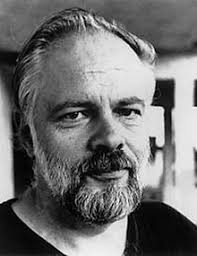
Next Steps
It doesn’t matter what stage you’re at – it’s important to be the best you can be. At the end of the day it’s about taking personal responsibility – You Drive!
It’s really your choice. You can find out more information about the subject, or see other institutions that can help by going to Support. There you will find organisations, training, coaching, self-help courses and other items to support your personal change. We have also started developing a panel of experts to provide info, advice, help and support.
Get Support
There are times when you need some help to meet your aims – a helping hand. That might be an organisation that can provide you with some help, some specialised information, a particular book or tool to help, or just getting some background reading material.
We have a lot of items which appear on our Drives and other pages, which you can go to by clicking on the picture or link. Some contain affiliate links and we may receive a tiny commission for purchases made through these links.
If you know of anything which could help you or our other visitors then please click the button on the right, which will take you to a Contacts page where you contact us.
Experts
We are compiling a list of experts who can provide advice, help or specialised services. You will be able to access these experts from anywhere on our site you see our ‘Experts’ symbol. Click the green E to see what our Experts list will look like, with a couple of imaginary ‘experts’ added!
More Information
Scroll down to see more information on this Drive.
If you register you can also download reports, white papers, quizzes and other collaterals. We will never ask you for any financial information, and we’ll only send you the information you want. You can register for our site either above or in the footer below. You can provide your own questions and experiences in order to help other members. We only moderate for spam and inflammatory language – see our moderation policy.
If you’ve found this interesting, then please share it on social media. Choose your network!
More information
Your Drug May Be Your Problem
The only book to provide an uncensored description of the dangers involved in taking every kind of psychiatric medication, it was also the first and only book to explain how to safely stop taking them.
Illegal Drug Use in the United Kingdom
Prevention, Treatment and Enforcement (Routledge Revivals)
First published in 1999, Illegal Drug Use in the United Kingdom provides a comprehensive review of information and interventions available in drug misuse in order to inform local drug policies.
New Guide to Medicine and Drugs
The Complete Home Reference to Over 3,000 Medicines
Filled with a wealth of pharmaceutical knowledge, you can explore over-the-counter, prescribed, and illicit medicines and drugs.
Drug Use for Grown-Ups
Chasing Liberty in the Land of Fear
From one of the world’s foremost experts on the subject, a powerful argument that the greatest damage from drugs flows from their being illegal, and a hopeful reckoning with the possibility of their use as part of a responsible and happy life.
The gender dimension of non-medical use of prescription drugs in Europe and the Mediterranean region
In recent years, the non-medical use of prescription drugs (NMUPD) has caused increasing public concern around the globe. Women constitute a special risk category for NMUPD and understanding gender as it relates to this phenomenon is now a critical requirement for effective policy and practice.
Understand the mental health effects of drug / alcohol misuse – Mind, the mental health charity
The National Crime Agency has information about the threats posed by illegal drugs
Drugs can affect your mental health. Rethink have information on this and what you can do about it.
The Mental Health Foundation have a section on how different drugs affect your mental health
Download the Mind booklet on understanding the mental health impacts of recreational drugs and alcohol.
Read the paper ‘Addiction and Substance misuse pathways by Gordon Morse, Chief Medical Officer of Turning Point, a health and social care organisation, which describes the cost to health services of drug (and alcohol) abuse and the options for treatment in an easy to read set of slides.
The report Highways and Buyways is a snapshot of the UK drug scene in 2016 by DrugWise. It is a very hard-hitting story describing what happened on the streets at that time. Don’t download unless you are prepared for the full story – warts and all.
The European Monitoring Centre for Drugs and Drug Addiction produce the European Drug Report 2021 – download it here
